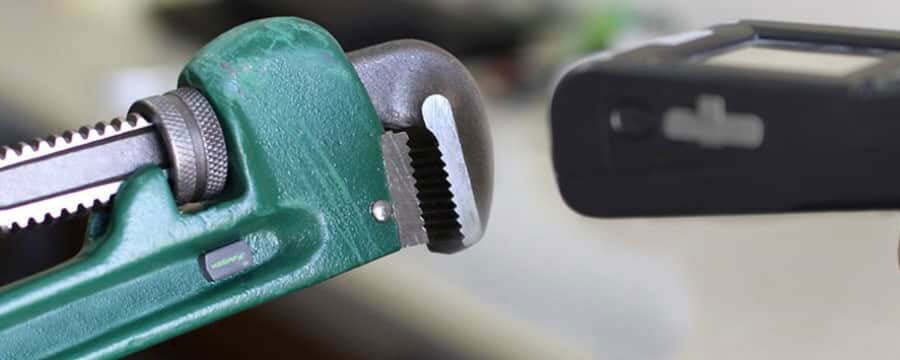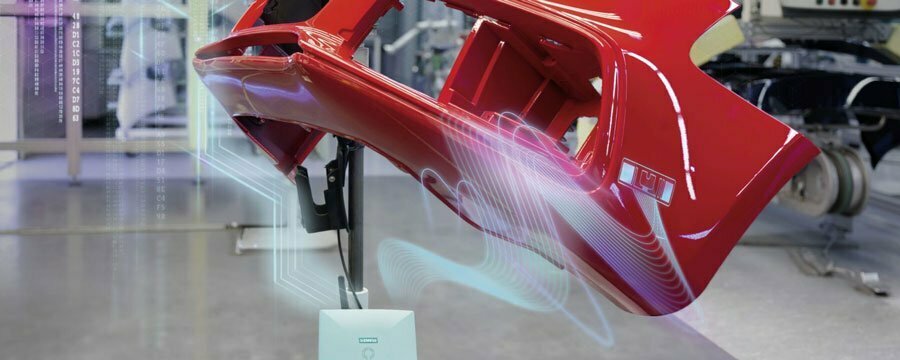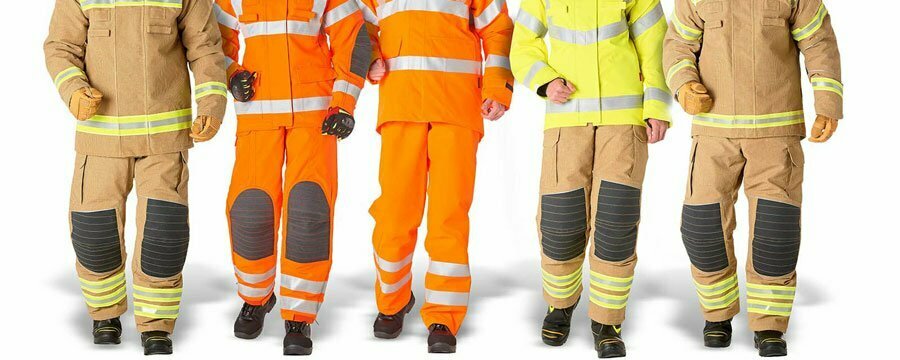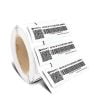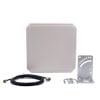RFID positioning technology has now become one of the mainstream application technologies of asset management. Before evaluating the advantages and disadvantages of using RFID location technology as an indoor asset tracking technology. We need to clarify what we mean by “tracking”. Since the birth of RFID technology, RFID positioning technology applies to the tracking and marking of assets. Initially, people used Excel spreadsheets, the general data management tools, to do statistics. RFID technology makes it much simpler to identify and record large quantities of assets in and out of the warehouse.

RFID positioning technology
Case
For example, if you want to determine whether a batch of furniture that has been in storage for two weeks shipped. Or when the goods were shipped, and whether the goods fully shipped.
Or maybe you want to make sure your security guards went into the warehouse to check fire equipment last week. When they got in, and when they got out. For these similar problems, RFID can provide simple, convenient and perfect solutions.
Advantage
In the above two examples, the two most competitive solutions are RFID technology and barcode or QR code technology. RFID technology has the advantage of reading information from a long distance. The QR code technology is cheaper, from the device to the label. Of course there are also solutions with active or semi-active RFID technology. However, active tags are much more expensive and have a rather limited lifespan. Of course, the advantages of active tags are also obvious. That is, the reading distance is farther and more stable. It still has a place in asset management in some high-value items and special requirements scenarios.
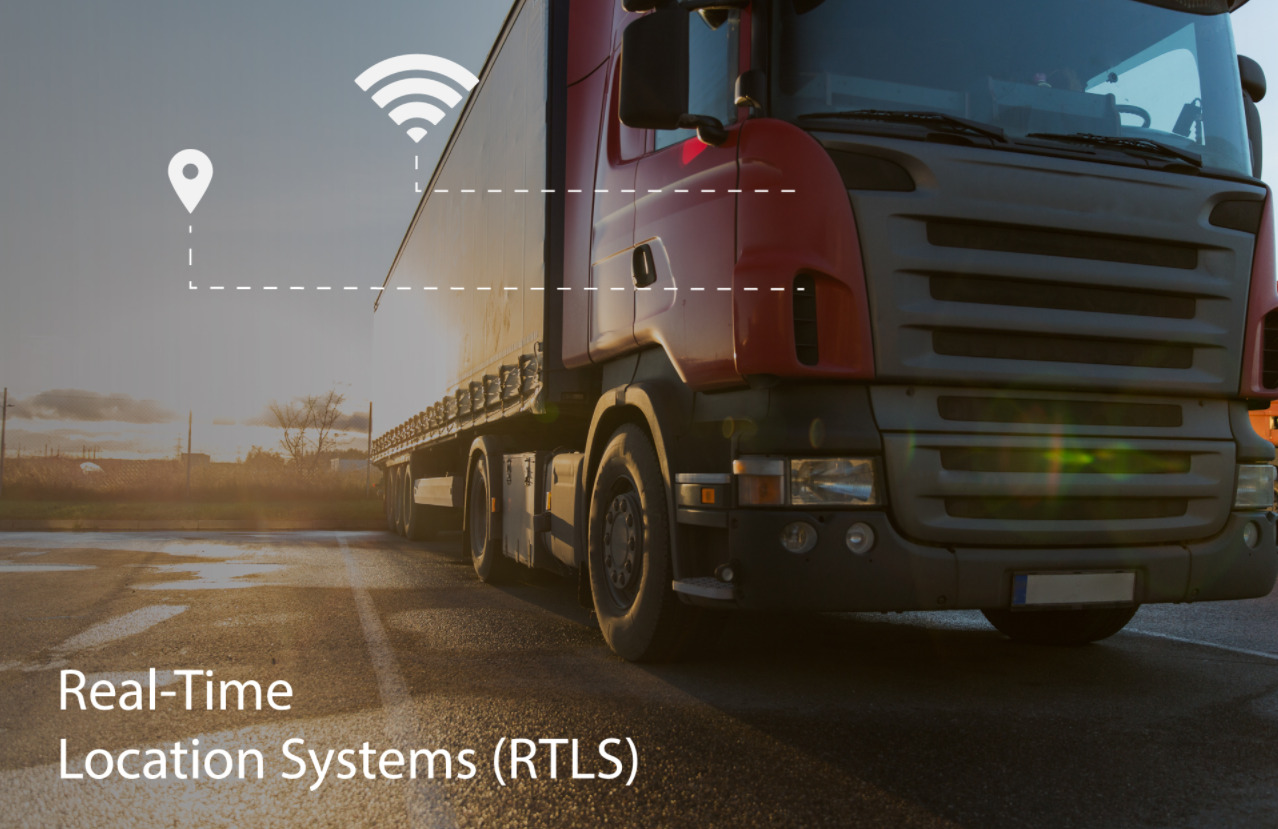
RFID positioning technology 2
Real-time location management
A more challenging type of asset tracking is tracking the real-time location of the tracked asset. Although this is a relatively new application of RFID. But there are already quite a few RFID positioning technology solutions on the market.
Variety of ways
These systems work in different ways. Some systems only use RFID for object identification while utilizing another technology for ranging. And those that rely entirely on RFID almost all use active RFID tags. While there is still some exciting research in the market using passive RFID tags. As things stand, the cost of passive card machines and the readout of passive tags make their development in this field still constrained.
Active RFID
The efficacy of real-time location systems (RTLS) using active RFID tags. Similar to technologies such as Bluetooth, Bluetooth Low Energy (BLE), WiFi, Ultrasonic and Ultra Wideband (UWB). The RFID version primarily based on the LANDMARC system. Which determines location by comparing the Received Signal Strength (RSS) of an active tag’s signal with the RSS of a reference tag with a known location.
Compared with BLE’s reading distance of about 70 meters, the range of active RFID is much larger than that of BLE. It is capable of spanning a kilometer in the open air. The extended read range of active RFID allows businesses to deploy fewer readers. Reducing costs and potential points of failure.
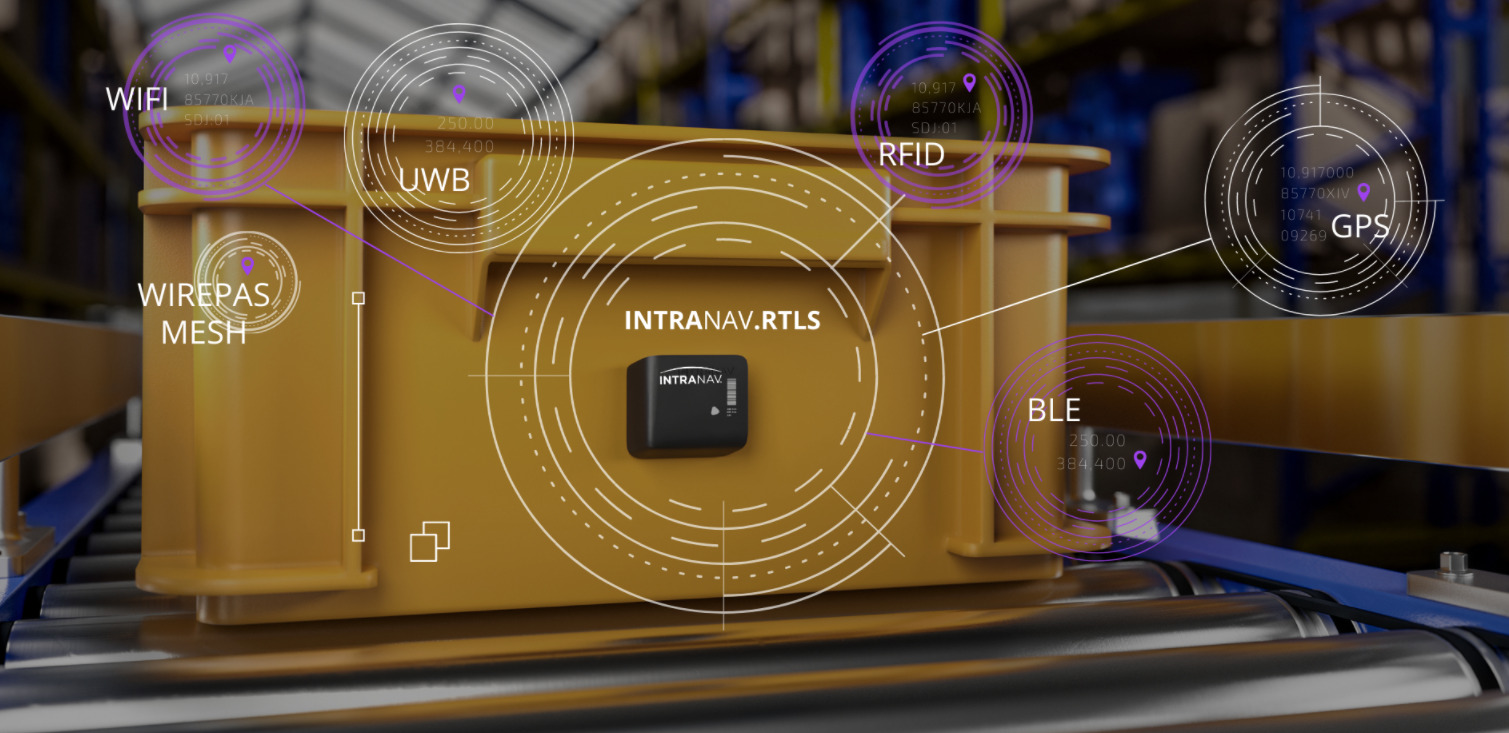
RFID positioning technology 3
One Question
For now, using pure RFID as the RFID positioning technology solution still has some defects. For example, like all RF/RSSI based solutions. It suffers from leakage issues. Because RF signals can penetrate walls. It can be difficult to determine which room the tag emitted from. The high bandwidth used by active trackers, especially long-range trackers, is extremely susceptible to interference. Also, RFID tags and readers are a bit more expensive compared to BLE.
A Solution
Relatively speaking, taking RFID technology as a part of positioning technology solutions. Such a system has achieved the greatest success. The system not only provides reliable item identification. But can also be supplemented with information on the real-time location of items. Aid by technologies such as ultrasound, infrared or ultra-broadband.
In Conclusion
Currently, RFID technology is not ready to provide a stand-alone solution for indoor positioning. However, RFID, as an auxiliary technology of real-time locating system of articles. Has been put into practical application in large quantities, and has a broad prospect.
Keywords: Asset management Tags RFIDHY RFID NFC




